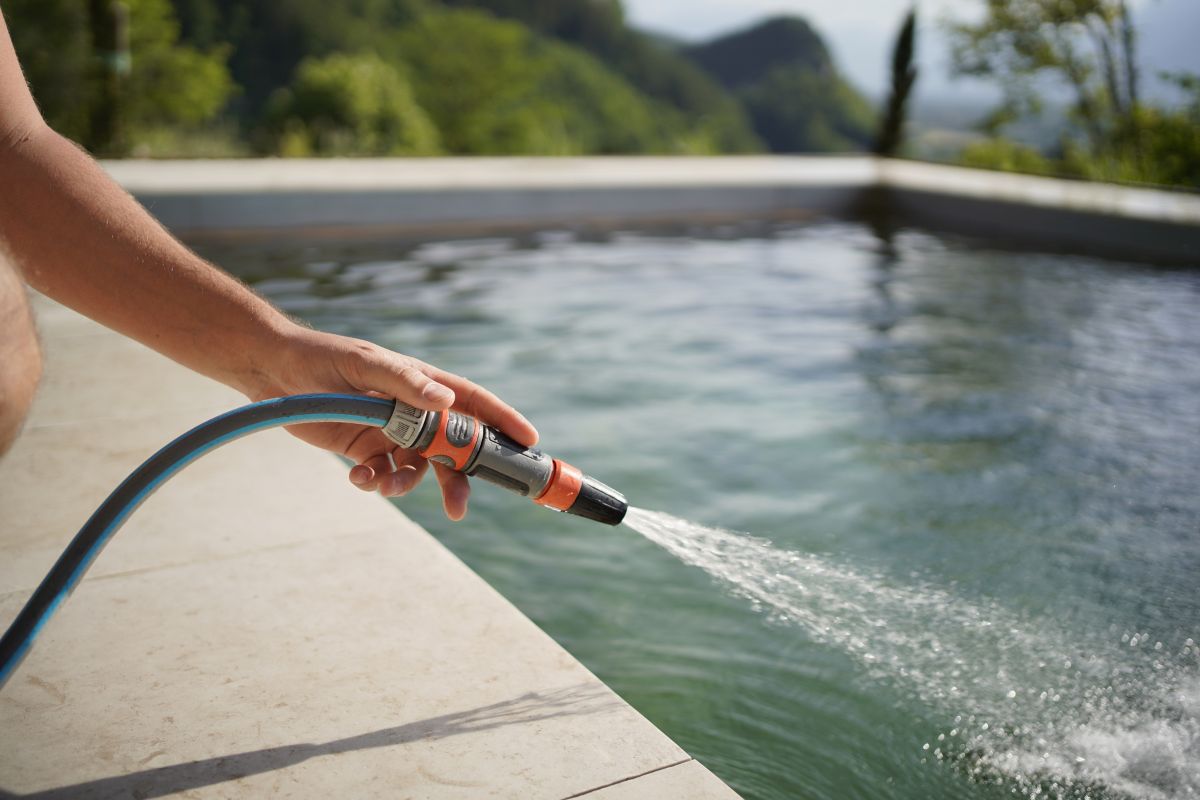Introduction
Filling a swimming pool with a garden hose is a common task for pool owners, especially during the hot summer months. The time it takes to fill a pool with a garden hose can vary significantly based on several factors. In this comprehensive guide, we will explore the factors that influence the filling time, provide tips for efficient filling, and discuss the importance of water conservation during this process.
Factors Affecting Filling Time
Pool Size
The size of your pool is the most crucial factor affecting the time it takes to fill it. Smaller above-ground pools will obviously fill faster than larger in-ground pools. The capacity of your pool, measured in gallons or liters, will determine the amount of water needed and, subsequently, the time required for filling.
Water Pressure
Water pressure plays a significant role in the filling process. If you have a high water pressure supply, your garden hose will deliver water to the pool more quickly. Conversely, lower water pressure will result in a slower filling rate. To maximize filling efficiency, it’s essential to have a garden hose and water supply capable of delivering sufficient pressure.
Hose Diameter
The diameter of your garden hose also impacts the filling time. Thicker hoses with larger diameters allow for a higher flow rate, which means water will be delivered to the pool more quickly. If you’re looking to fill your pool in the shortest time possible, consider using a hose with a larger diameter.
Water Flow Rate
The flow rate of your garden hose is closely related to both water pressure and hose diameter. A garden hose with a high flow rate will fill your pool faster. To determine the flow rate of your hose, you can refer to the manufacturer’s specifications or consult with a local hardware store professional.
Initial Pool Water Level
The starting water level in your pool is another variable that influences the filling time. If your pool is already partially filled, it will take less time to reach the desired water level compared to a completely empty pool. Keep this in mind when planning your pool-filling schedule.
Environmental Conditions
Environmental conditions, such as temperature and wind, can impact filling time. Hot and dry weather can lead to evaporation, potentially requiring you to add more water. Additionally, strong winds can result in water splashing out of the pool, causing further delays in the filling process.
Calculating Filling Time
Step-by-Step Calculation
To estimate the time it will take to fill your pool with a garden hose, follow these steps:
- Measure your pool’s dimensions and calculate its volume in gallons or liters.
- Determine the flow rate of your garden hose (usually measured in gallons per minute or liters per minute).
- Divide the pool’s volume by the hose’s flow rate to get the estimated filling time in minutes.
- Convert the minutes to hours if necessary.
Example Calculation
Let’s say you have a 20,000-gallon in-ground pool and a garden hose with a flow rate of 10 gallons per minute:
Filling time = Pool volume (gallons) / Hose flow rate (gallons per minute) Filling time = 20,000 gallons / 10 gallons per minute Filling time = 2,000 minutes Filling time = 33.33 hours (approximately)
In this example, it would take approximately 33.33 hours to fill the 20,000-gallon pool with a hose that has a flow rate of 10 gallons per minute.
Tips for Efficient Pool Filling
Use Multiple Hoses
If you want to reduce the filling time significantly, consider using multiple garden hoses simultaneously. This will increase the overall flow rate and fill the pool more quickly. Ensure that your water supply can handle the combined flow from multiple hoses.
Optimize Water Pressure
Check your water supply’s pressure and make sure it’s at an optimal level. If you have low water pressure, consider installing a booster pump to increase the flow rate.
Regularly Monitor the Filling
While filling your pool, it’s essential to regularly monitor the progress. Set alarms or timers to remind you to check the pool’s water level and adjust the hose if needed. This helps prevent overfilling and potential water wastage.
Water Conservation
Importance of Water Conservation
Filling a pool with a garden hose can consume a significant amount of water, especially for larger pools. Therefore, it’s crucial to be mindful of water conservation during this process.
Here are some eco-friendly tips:
Collect Rainwater
Consider collecting rainwater in barrels or containers and using it to fill your pool. This not only reduces your reliance on the municipal water supply but also conserves precious freshwater resources.
Monitor for Leaks
Inspect your pool for any leaks or cracks that might be causing water loss. Addressing these issues promptly can save water and reduce the time required for refilling.
Cover the Pool
When the pool is not in use, cover it with a pool cover. This helps reduce water evaporation, which can be significant in hot and dry climates.
Conclusion
Filling a pool with a garden hose is a task that every pool owner will encounter at some point. The time it takes to complete this task depends on various factors, including pool size, water pressure, hose diameter, and flow rate. By understanding these factors and following the provided tips for efficient filling and water conservation, you can make the process more manageable and eco-friendly. Whether you’re preparing for a summer of swimming or need to top off your pool, knowing how to estimate and optimize the filling time is valuable knowledge for any pool owner.
Related Stories





